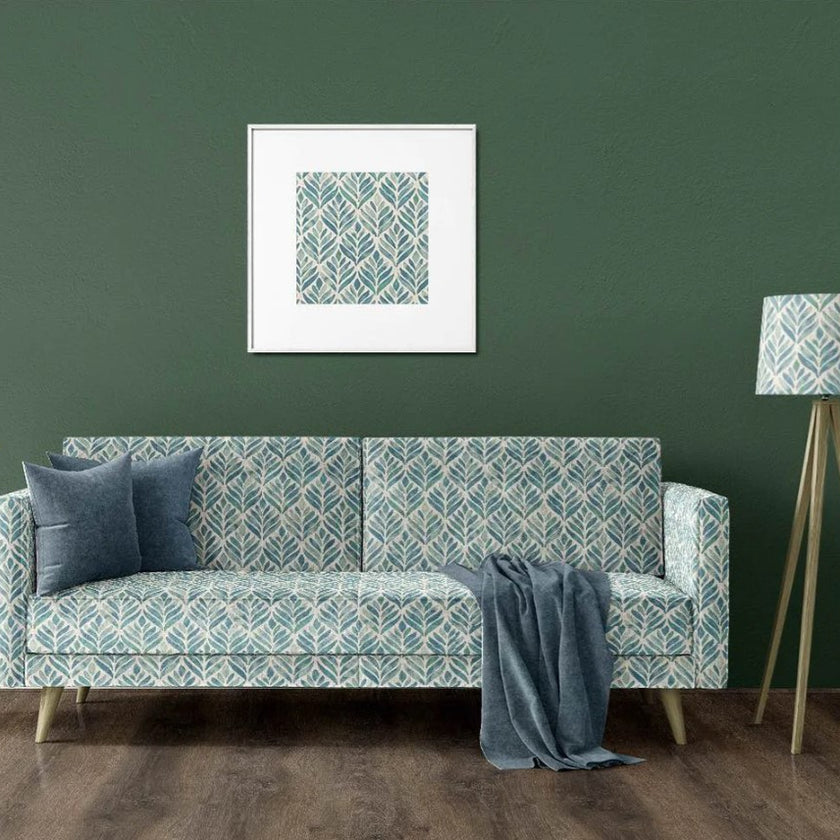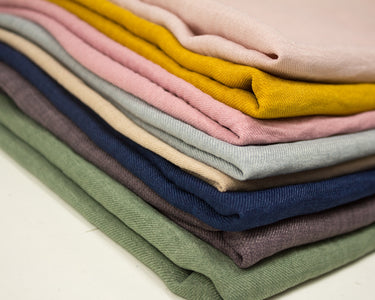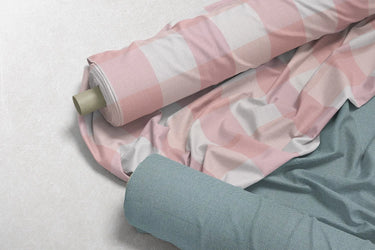

Introduction
When it comes to home décor, safety is paramount. Whether you're sprucing up your living room with new curtains or considering upholstery for a commercial space, understanding the importance of fire retardant treatments is crucial. In this blog post, we'll delve into the requirements and considerations for fire retardant-treated fabrics in both domestic and contract settings.
Domestic Curtains
In a domestic setting, there are currently no strict requirements for fire retardant treatments on curtains. However, for those seeking an extra layer of peace of mind, curtains can be treated in compliance with BS5867:Part2:Type B. This standard ensures that the fabric meets specific fire safety regulations, providing an added layer of protection for your home.
Contract Curtains
In public spaces, the standards become more stringent. Curtains used in these areas must pass BS5867:Part2:Type B, a rigorous test that very few fabric compositions would naturally pass without treatment. Fabrics undergo a soaking process during fire retardant treatment to maintain their drape while meeting the required safety standards.
Domestic Upholstery
Contract Upholstery
Care Considerations
It's essential to note that fabrics treated with fire retardants can only be dry cleaned, as washing with water would completely remove their flame retardant properties. This care detail is crucial for maintaining the longevity of the treated fabrics and ensuring ongoing fire safety.
Our Offerings
We're excited to introduce fire retardant options in our range of fabrics.
Explore our Printed Upholstery range, now available with FR Upholstery treatment.
And our Plain Printed Curtain Fabrics featuring FR Contract Curtain options.
Visit our website to discover a variety of designs that marry style with safety.
Conclusion
Incorporating fire retardant treatments into your fabric choices adds an extra layer of protection and peace of mind. Whether you're enhancing your home or outfitting a commercial space, understanding the specific requirements for domestic and contract settings ensures you make informed choices for both style and safety.













